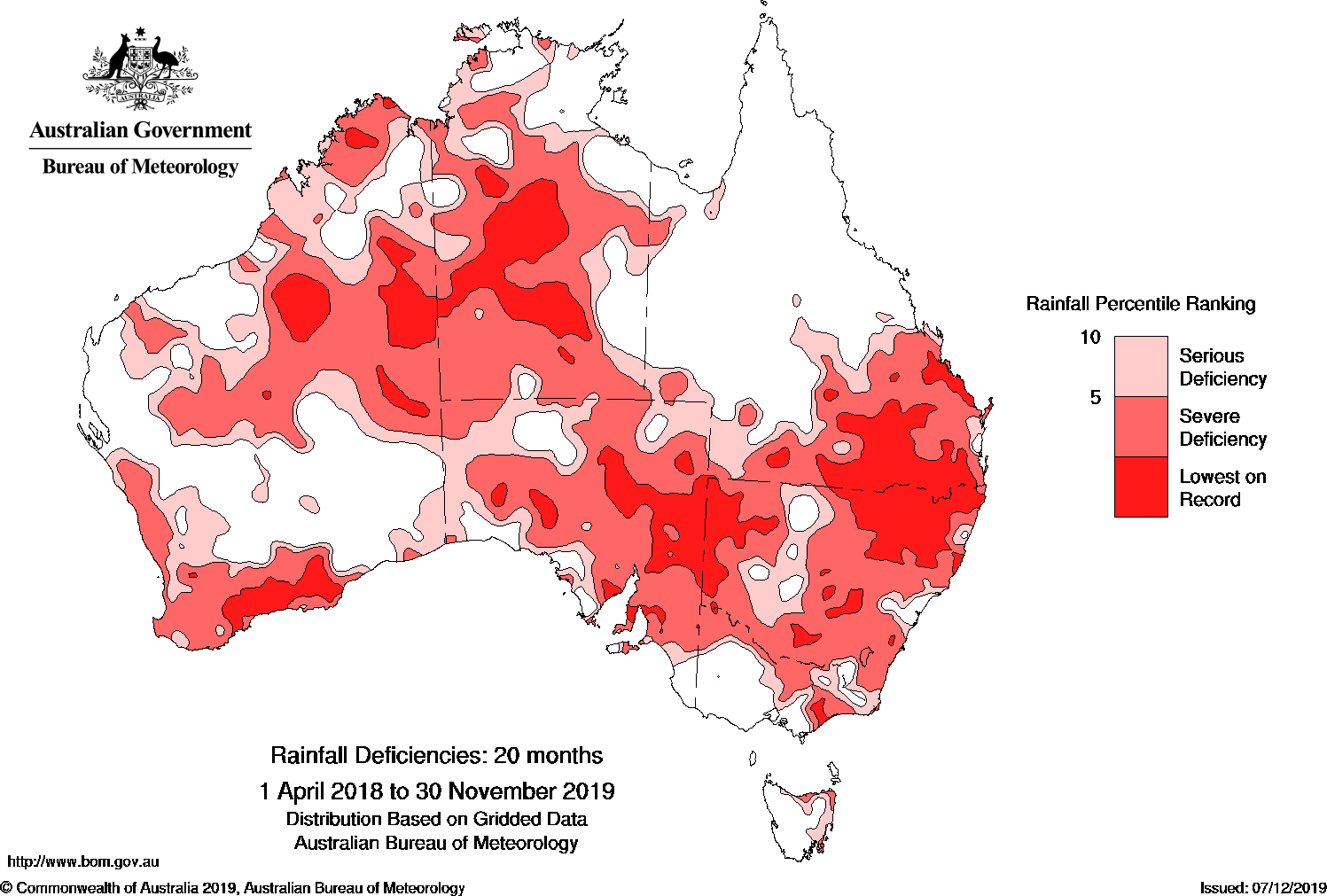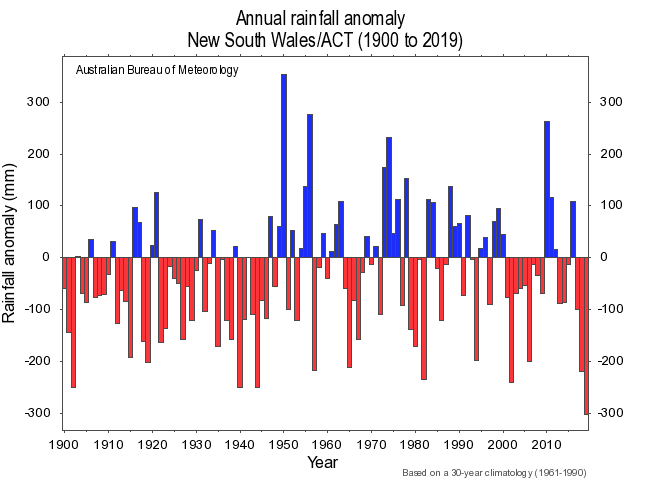Statutes that define African Americans or Blacks typically define them as individuals with “origins in any of the Black racial groups of Africa.” This raises the question of whether someone who has lived his life as a white person, but discovers that he has Black African ancestry, is entitled to minority status, which in turn presumptively qualifies a company he owns for disadvantaged business enterprise status, which in turns provides for preferential treatment in bidding for government contracts. Perhaps surprisingly, while there are several cases regarding whether simply having Spanish ancestry is sufficient to make one “Hispanic” for legal purposes (one SBA case, for example, concludes that Sephardic Jews are all “Hispanic” if they self-identity as such), I’ve only been able to locate one case discussing whether the statutory language should be taken literally, and any African ancestry is sufficient to make one legally African American. The case is Orion Insurance Group v. Washington’s Office of Minority & Women’s Business Enterprises 54 Fed. Appx. 556 (9th Cir. 2018), though you won’t learn many of the facts of the case from reading that opinion. Below is a summary of the case, from a draft law review article (hint to law review-editor readers) I plan to submit soon:
Ralph Taylor, a Washington State resident, owns Orion Insurance Company. Taylor is of Caucasian appearance and lived his life as white man. Apparently inspired (or disturbed) by competitors that received certification as Minority Business Enterprise status based on owners with only remote minority ancestry, Taylor took a DNA test. The test concluded that he had 6% Indigenous American origin, and 4% Sub-Saharan African origin. The test had a 3.3% margin of error. Based on those results, Orion applied for MBE status for state contracting purposes with the Washington State Office of Minority & Woman’s Business Enterprises (OMWBE), based on Taylor’s African ancestry.
When determining MBE status, Washington state law (uniquely) decrees that a state official first look at the picture submitted with an application. A OMWBE official determined that Taylor did not look African American, and therefore requested further information from him documenting his minority status, including other documentation of ethnicity; a narrative and documentation regarding the “cultural community” he considered himself to be a part of and how he held himself out in that particular community; a narrative and documentation regarding how “his cultural community” viewed him; and a narrative regarding how he had experienced social and economic disadvantage. Taylor submitted his DNA results, along with.other evidence, and Orion was certified as an MBE.
Having been so certified, Orion applied with the state for DBE status for federally-funded contracts based on Taylor’s Native American and African ancestry. A state official responded that the finding of state MBE status was not binding for federal DBE purposes, and requested further information documenting Taylor’s minority status. Orion responded with Taylor’s DNA test results, along with other evidence discussed below. Orion noted that the definition for “Black Americans” in the statute was solely “Having origins in any of the black racial groups of Africa,” and argued that failing to recognize Taylor as “Black” would amount to discriminating against him based on his appearance and skin color.
Orion also presented evidence that Taylor’s DNA test showed that he had more than ten times as much Native American heritage as the owner of a company that had been granted DBE status based on the owner’s membership in a Native American tribe. Orion noted that under Washington law, Native American status is not dependent on membership in a tribe.
In discovery, OMWBE later acknowledged that it had never asked any applicant the sorts of questions it asked Taylor, and that it had no formal procedures or rules for determining race and ethnicity other than interpreting the relevant statute. Doing so, OMWBE ruled that Orion failed to show that Taylor was a member of a minority group, or that others considered him to be a member of such a group. In its letter rejected Orion’s DBE application, OMWBE stated:
Mr. Taylor submitted a birth certificate that did not indicate race, so this document failed to prove that he is a member of a minority group. Mr. Taylor provided documentation of a Negro woman he claimed is an ancestor. This documentation is incomplete and does not prove that the individual is an ancestor of Mr. Taylor. Even if the individual is an ancestor of Mr. Taylor’s, it fails to prove that he is a member of a minority group, or regarded as a member of a minority group.
Mr. Taylor submitted a DNA test to prove he is 4% Sub-Saharan African and 6% Native American. The test results for Mr. Taylor and his father are highly inconsistent and incomplete. Half of a son’s DNA comes from his father and half comes from his mother. OMWBE acknowledges that the pieces of DNA from each parent are random and will not equal exactly half from each parent. The two DNA tests between father and son should, however, be related. Without a complete picture of Mr. Taylor’s mother’s DNA, OMWBE contends that the tests are not reliable to determine ethnicity. This information fails to prove that Mr. Taylor is a member of a minority group, or regarded as a member of a minority group.
Also, there is a 3.3% statistical noise associated with each test performed by Ancestry by DNA. Eliminating the statistical noise from the DNA test results provided would indicate that Mr. Taylor’s ancestry is 2.7% Indigenous American and 0.7% Sub-Saharan African. [DB: This is not how it works, it instead means instead there is a 95% probability, assuming the test is otherwise sound, that Taylor is of between .7 and 7.3 percent African origin.] Additionally, from reviewing the information on the Ancestry by DNA website, it is unclear if the website’s use of the term Sub-Saharan African corresponds to the definition of Black American in the CFR, which refers to “persons having origins in the Black racial groups of Africa.” Regardless, the low figures combined with the inconsistencies with the results for Mr. Taylor and his father render the test as insufficient to prove that Mr. Taylor is a member of a minority group, or regarded as a member of a minority group.
Mr. Taylor submitted two letters where the authors state they consider Mr. Taylor to be of mixed heritage, however, they do not identify Mr. Taylor as Black or Native American. These letters do not establish that Mr. Taylor, who is visually identifiable as Caucasian, is a member of a non-Caucasian group. Mr. Taylor has failed to meet his burden that he is a member of a minority group, or regarded as a member of a minority group.
Mr. Taylor submitted insufficient evidence when he was asked in an additional information request about his membership in the Black and/or Native American group. The only substantive evidence provided was a statement that he is a member of the NAACP, has a subscription to Ebony magazine, and he is very interested in Black social issues. All individuals, regardless of minority status, may join the NAACP and subscribe to Ebony magazine, or be concerned about issues. This fails to prove that Mr. Taylor is a member of a minority group, or regarded as a member of minority group.
As federal DOT rules permit, Orion appealed the decision to the DOT. The DOT, in turn, upheld the state denial of DBE status, ruling that the OMWBE’s decision did not fail the applicable “arbitrary and capricious” test because there was substantial evidence supporting it. The DOT ruling stated:
Orion does not demonstrate that its owner is a member of a group that is presumed to be socially and economically disadvantaged under § 26.67(n). The uncontroverted evidence is that Ralph Taylor is as much as 99.3 percent non-Black. The same evidence shows Mr. Taylor to be, minimally, 92.7% non-Black. [OMWBE] states that the bulk of available evidence indicates that Ralph Taylor is Caucasian or at least primarily, overwhelmingly, Caucasian. Accordingly, the Department agrees with [OMWBE] that the seeming inconsistencies (including between Mr. Taylor’s appearance and his notarized statement claiming group membership) gave rise to a question under § 26.63 which required [OMWBE] to make further inquiries of the kind described in that provision.
[OMWBE] consequently had grounds (“a well founded reason to question group membership”) under § 26.63(a) to request additional information under § 26.63(b). By operation of § 26.63(b)(1), Orion’s owner must demonstrate that he meets the § 26.67(d) requirements for individual social and economic disadvantage. Under the latter provision, the guidance found at Appendix E applies. As noted in the preceding section, Orion did not produce the evidence that Appendix E requires for an individual showing, of social and economic disadvantage. Accordingly, the firm is ineligible for certification. Orion protests this result as burdensome and discriminatory, but it accurately reflects the analysis that the Regulation requires.
On appeal, Orion would change the inquiry. Orion relies exclusively on the technical argument that one portion of the § 26.5 definitional provision speaks simply of “origins,” and Orion asserts that the Regulation nowhere prescribes an explicit percentage relating to ancestry. Orion is correct that Black Americans are defined to include persons with “origins” in the Black racial groups of Africa. Orion, however, neglects to note that the broader § 26.5 definition of “socially and economically disadvantaged individual” also requires that the person “have been subjected to racial or ethnic prejudice or cultural bias within American society because of his or her identity as a members [sic] of groups and without regard to his or her individual qualities.” We find no substantial evidence of such bias. See generally § 26.67(d) and the Regulation’s Appendix E.
Further, construing the narrower definition as broadly as Orion advocates would strip the provision of all exclusionary meaning. It is commonly acknowledged that all of mankind “originated” in Africa. Therefore, if any (Black) African ancestry; no matter how attenuated, sufficed for DBE purposes, then this particular definition would be devoid of any distinction-which was clearly not the Department’s intent in promulgating it. There is little to no evidence that Mr. Taylor ever suffered any adverse consequences in business because of his genetic makeup.
Sections 26.61.; 26.63(b)(l), and 26.67(d), in any event, independently require the applicant to demonstrate social and economic disadvantage. Orion fails to make that showing on the record before us, by a preponderance of the evidence. There is little to no persuasive evidence that Mr. Taylor has personally suffered social and economic disadvantage by virtue of being a Black American.
Orion appealed to federal district court. The court, like the DOT, found that there was substantial evidence supported OMWBE’s decision. With regard to Orion’s claim that it was inherently improper and discriminatory for Washington State to investigate Taylor’s background because he didn’t ‘look” Black or Native American the court responded that any discrimination by the state was based on Taylor appearance, not his genetic makeup, and that such discrimination was proper because it is not arbitrary and capricious way of determining whether Taylor was a member of the “Black or Native American groups.” The court did not discuss the relevant statutory language, which seems to rely purely on ancestry rather than appearance.
Orion then appealed to the Ninth Circuit. Considering the interesting statutory and constitutional issues the case raises, the Ninth Circuit’s affirmance of the district court was surprisingly conclusory: “OMWBE did not act in an arbitrary and capricious manner when it determined it had a ‘well founded reason’ to question Taylor’s membership claims and, after requesting additional documentation from Taylor, determined that Taylor did not qualify as a ‘socially and economically disadvantaged individual.'”
from Latest – Reason.com https://ift.tt/2RaAgSn
via IFTTT


